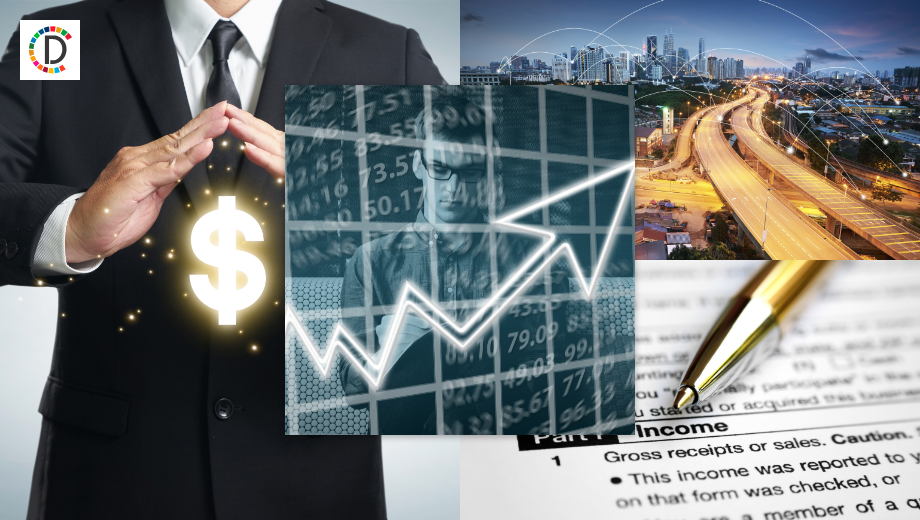WRAPUP 2-U.S. retail sales flat on gasoline price drop; consumer spending resilient
U.S. retail sales were unexpectedly unchanged in July as falling gasoline prices weighed on receipts at service stations, but consumer spending appeared to pick up at the start of the third quarter, further assuaging fears the economy was in a recession. Declining gasoline prices, however, freed up money for spending on other goods, including furniture, electronics and appliances, as well as building materials and garden equipment.

U.S. retail sales were unexpectedly unchanged in July as falling gasoline prices weighed on receipts at service stations, but consumer spending appeared to pick up at the start of the third quarter, further assuaging fears the economy was in a recession.
Declining gasoline prices, however, freed up money for spending on other goods, including furniture, electronics and appliances, as well as building materials and garden equipment. Combined with strong wage gains from a tight labor market and ample savings, that should help to underpin consumer spending in the months ahead. The fairly solid report from the Commerce Department on Wednesday likely will keep the Federal Reserve on its aggressive monetary policy tightening path.
"While consumers are feeling the burden of still-elevated prices, they remain resilient," said Kathy Bostjancic, chief U.S. economist at Oxford Economics in New York. "The combination of the strong labor market and sturdy consumer spending looks to keep the economy out of recession territory." Last month's flat reading in retail sales followed a downwardly revised 0.8% increase in June. Retail sales in June were previously reported to have advanced 1.0%. Economists polled by Reuters had forecast that sales would gain 0.1%, with estimates ranging from as low as a 0.3% decline to as high as a 0.9% increase. Sales rose 10.3% on a year-on-year basis in July.
Retail sales are mostly goods and are not adjusted for inflation. The retreat in gasoline prices from record highs in July resulted in goods prices falling 0.5%. That means inflation-adjusted retail sales increased 0.6% last month. The national average gasoline price dropped to about $4.27 per gallon in the last week of July after hitting an all-time high just above $5.00 in mid-June, according to data from motorist advocacy group AAA. Prices at the pump were averaging $3.943 per gallon on Wednesday.
Sales at service stations tumbled 1.8% last month, while receipts at auto dealerships declined 1.6%. Excluding gasoline and motor vehicles, retail sales rose 0.7%. There were also decreases in sales at clothing and general merchandise stores, which could reflect deep discounts as retailers try to clear excess inventory. Walmart Inc said on Tuesday that it had cleared most of its summer seasonal inventory, but still had work to do in reducing its stock of electronics, home goods and apparel.
Target reported a sharp drop in quarterly earnings on Wednesday as it struggled to lure shoppers with steep discounts on apparel and other goods. Stocks on Wall Street were trading lower. The dollar rose against a basket of currencies. U.S. Treasury prices fell.
UNDERLYING STRENGTH Online and mail-order retail sales jumped 2.7% in July, likely boosted by Amazon's Prime Day. Receipts at furniture stores gained 0.2%, while sales at building material and garden equipment retailers rebounded 1.5%. Sales at electronics and appliance stores increased 0.4%.
There were modest gains in sales at hobby, musical instrument and book stores. Receipts at bars and restaurants, the only services category in the retail sales report, climbed 0.1%. Excluding automobiles, gasoline, building materials and food services, retail sales increased 0.8% last month after rising 0.7% in June. These so-called core retail sales correspond most closely with the consumer spending component of gross domestic product. The consumer spending profile also got a boost from upward revisions to May data to show core sales increasing 0.8% instead of declining 0.3% as previously estimated.
With consumer prices flat in July, inflation-adjusted core retail sales are estimated to have increased at least 0.5%. Economists say that would put consumer spending, which accounts for more than two-thirds of U.S. economic activity, on track to grow at about a 3% annualized rate in the third quarter. "The retail sales report shows more recent momentum for consumers than we had anticipated," said Daniel Silver, an economist at JPMorgan in New York. "This adds some upside risk to our 1.0% real GDP forecast for the third quarter."
Consumer spending grew at its slowest pace in two years in the second quarter. The modest rise was offset by weakness in business and government spending as well as residential investment, resulting in the second straight quarter of GDP contraction. Though the Fed's aggressive interest rate hikes to dampen demand and curb inflation have left the economy vulnerable to a downturn, solid job growth and industrial production are keeping a recession at bay for now. The U.S. central bank has raised its policy rate by 225 basis points since March.
Spending is expected to gain more traction in August as parents shop for the new school year. Goldman Sachs estimates that households have around $2.2 trillion in excess savings, which it says would provide an important backstop for spending levels in the event of an economic slowdown. "The combination of excess savings and rapid asset price appreciation during the pandemic have effectively increased the share of households who are able to smooth consumption if hit with a negative economic shock like unemployment, which is one reason why we expect that any recession that might occur in the next few years would most likely be mild," said Joseph Briggs, an economist at Goldman Sachs in New York.
(This story has not been edited by Devdiscourse staff and is auto-generated from a syndicated feed.)










